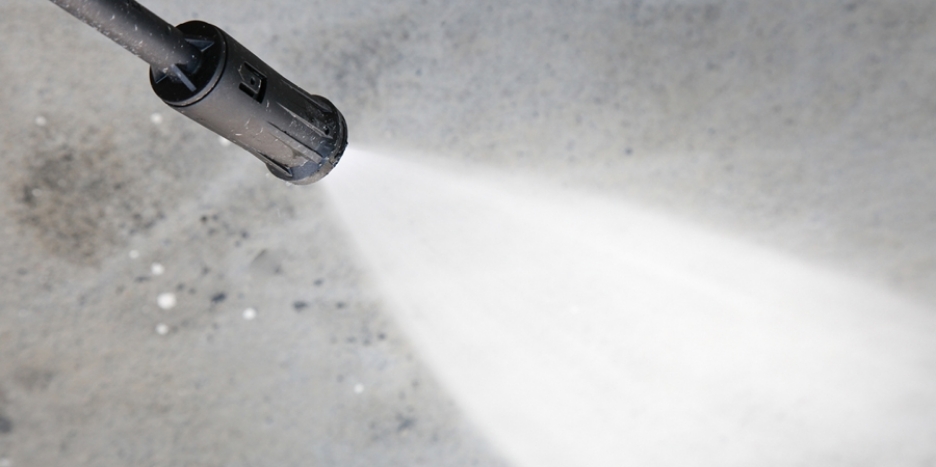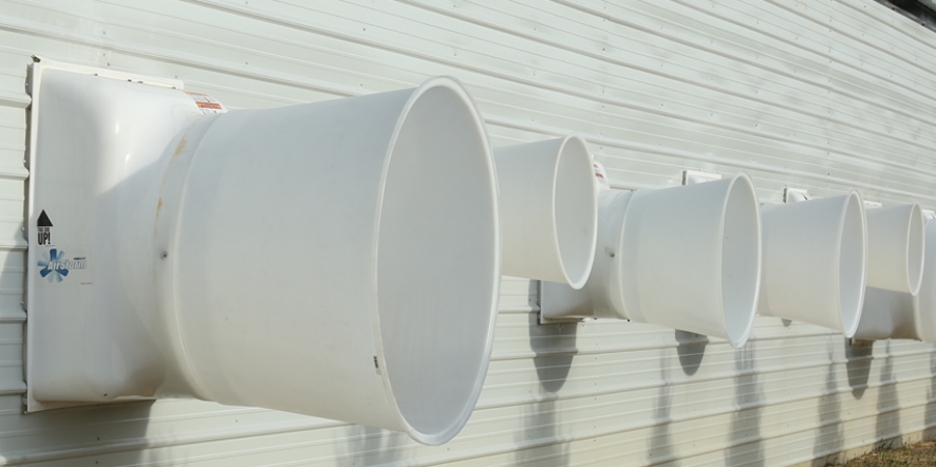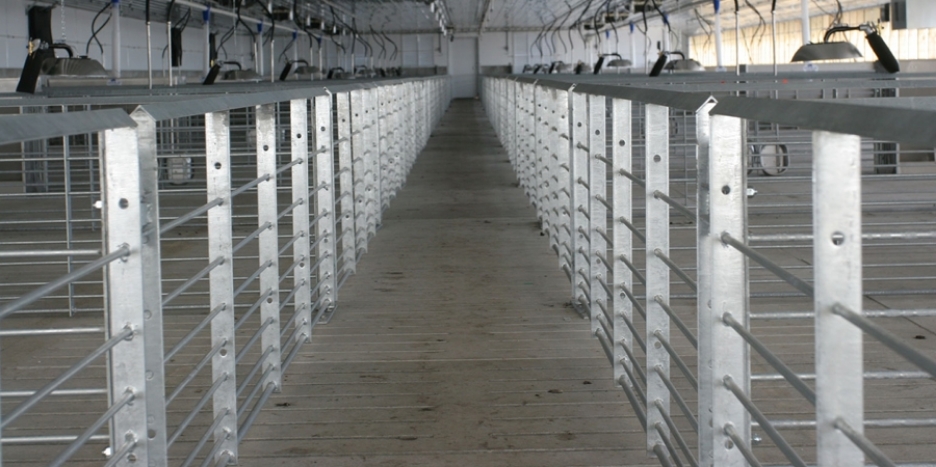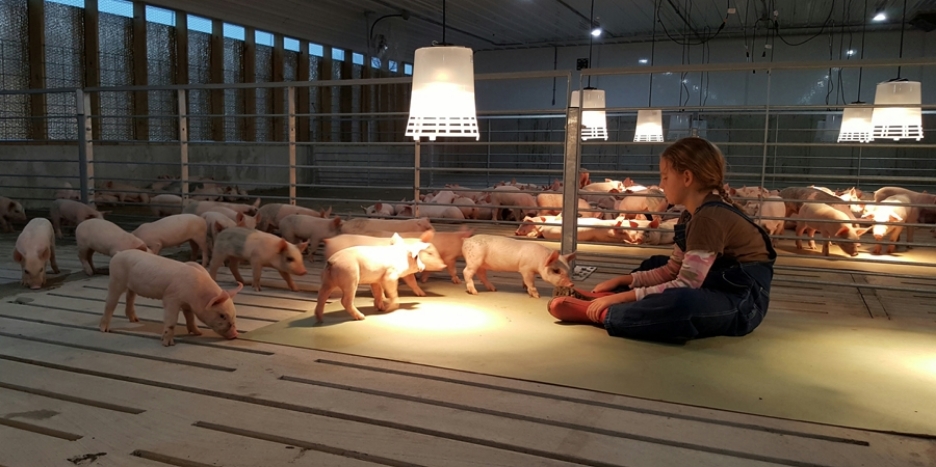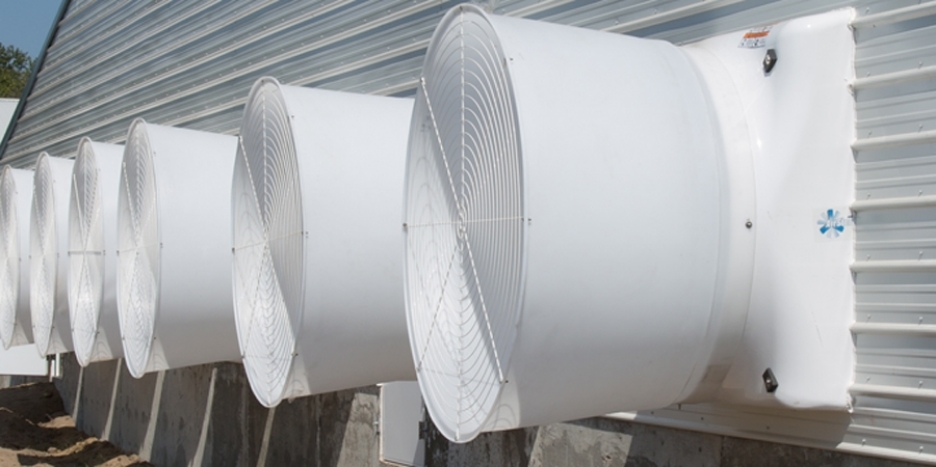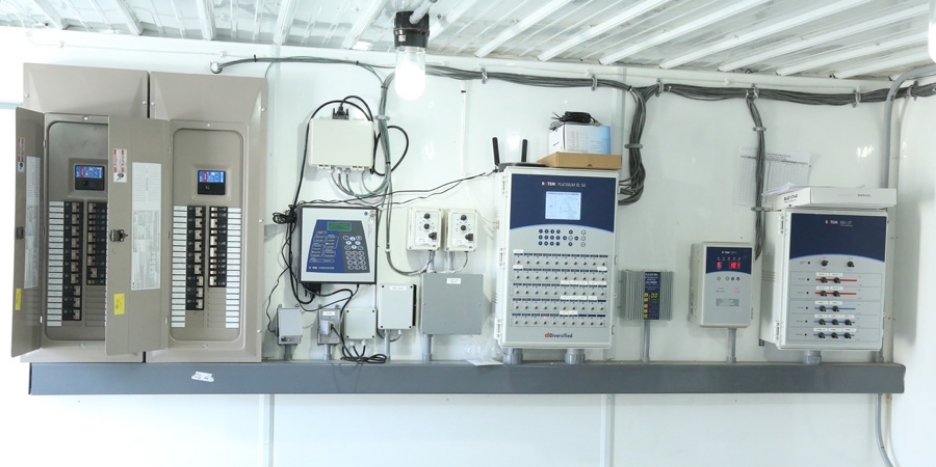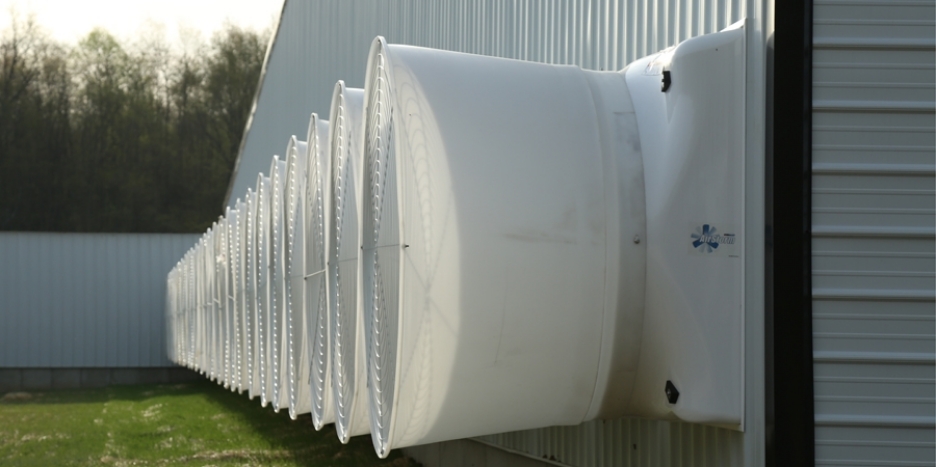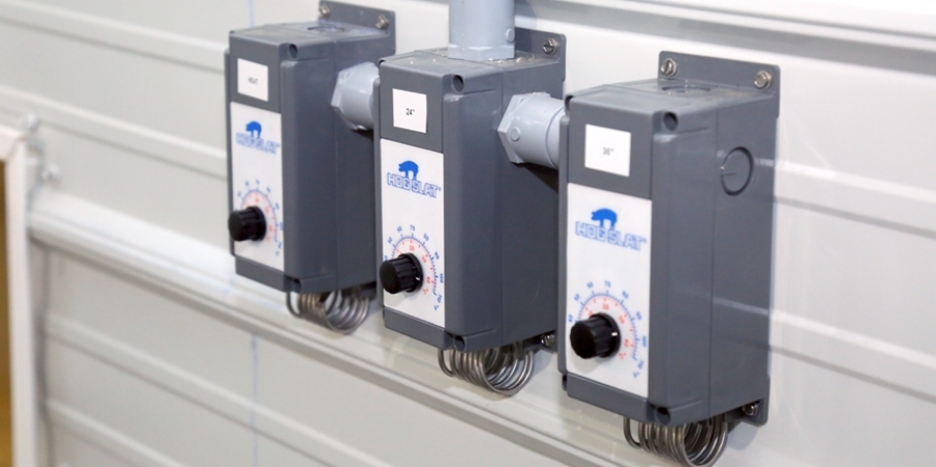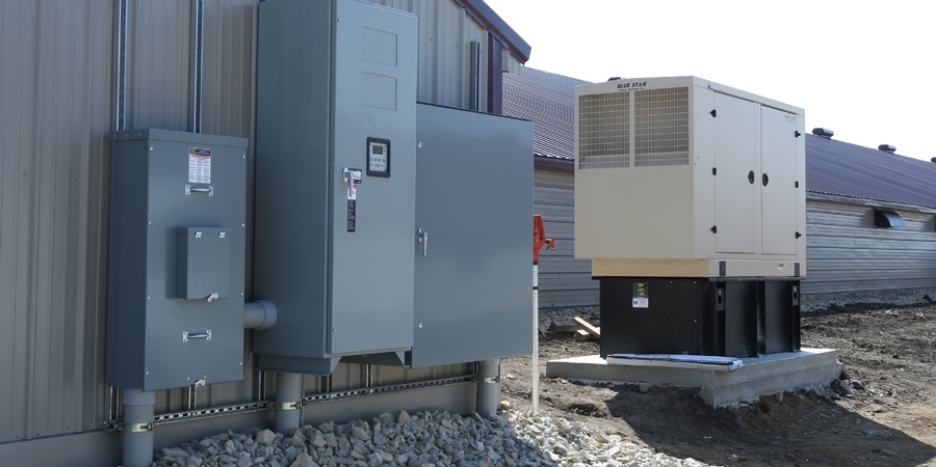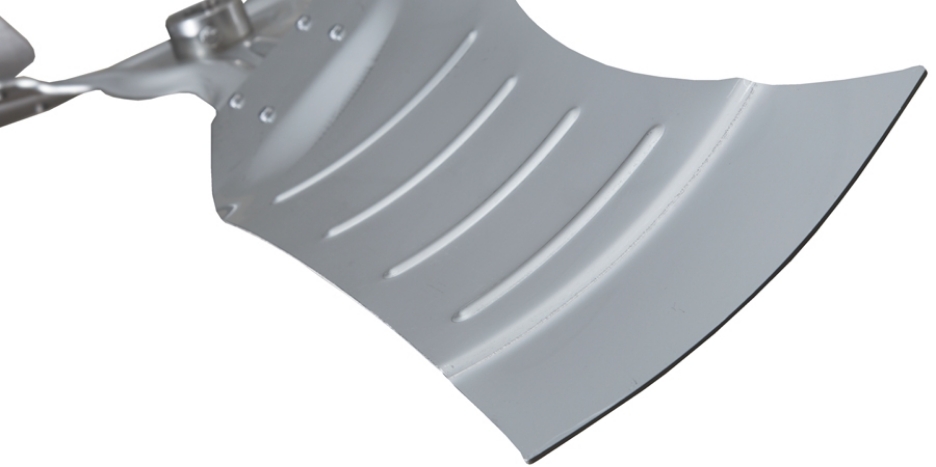Your choice of disinfectants may have unforeseen negative effects on your farm’s equipment and buildings.
Blog
Schedule a preseason tune-up for your fans to maximize their performance this summer.
2020 Iowa Pork Congress seminar puts focus on increasing equipment life.
Creating the correct microclimate for weaning pigs in wean-finishing buildings.
We compare three methods of controlling variable speed fans.
A farm’s electrical system requires regular attention.
Adding discharge cones to a fan increases its air delivery. Do you know why?
A well-designed facility includes back up systems to prevent losses from power outages or equipment failures. Maintaining this fail-safe equipment should be part of every manager's routine maintenance program.
For reliable back-up power, schedule generator maintenance and have operating procedures in place.
Learn how prop design affects air delivery and efficiency of ventilation fans.
- 2025
- 2024
- 2023
- 2022
- 2021
- 2020
- 2019
- 2018
- 2017
- 2016
- 2015
- 2013












 Україна
Україна Méjico
Méjico